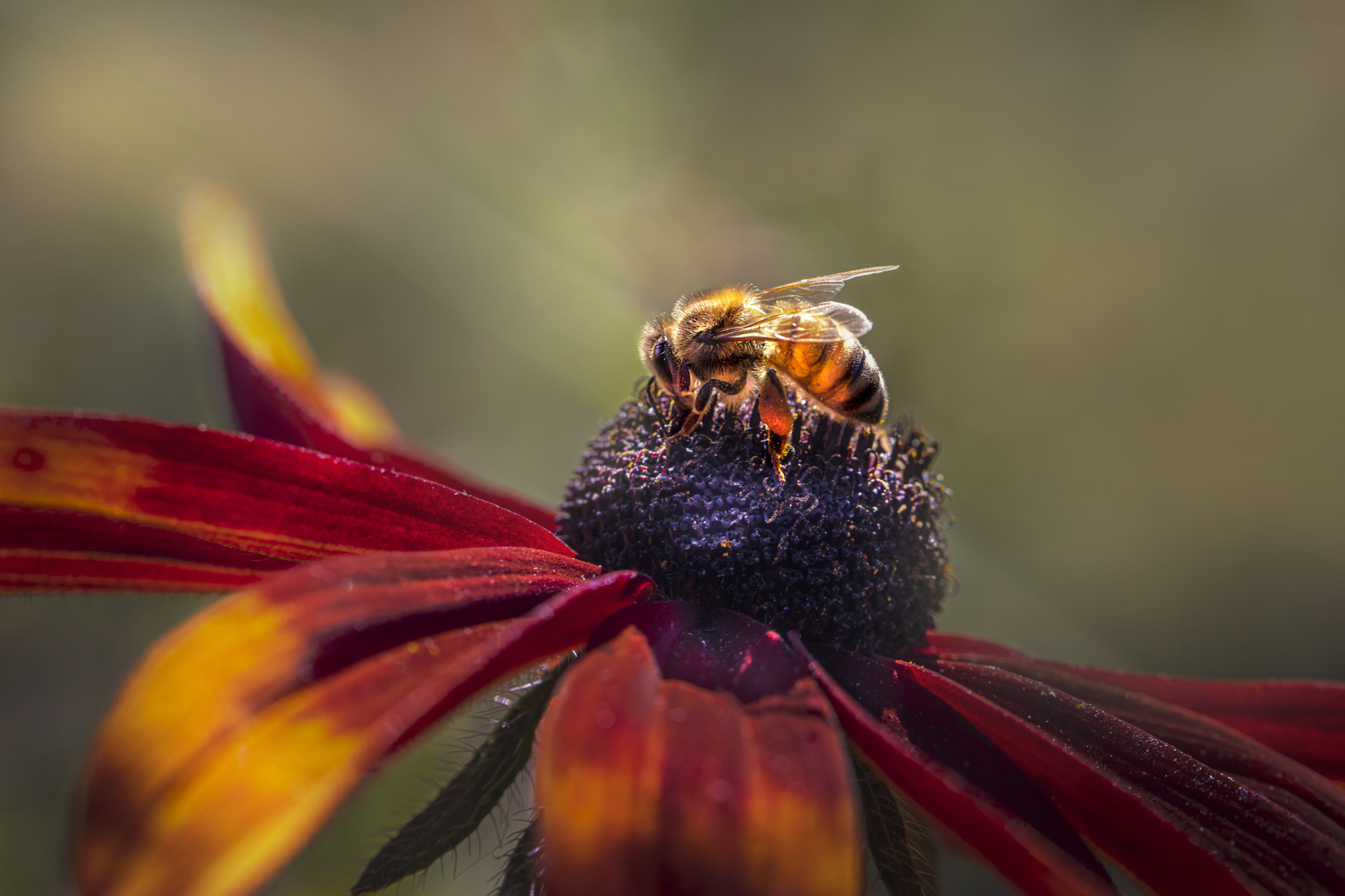The Western honey bee (Apis mellifera) is the most common and well-known species of honey bee. Here’s some key information about this fascinating insect:
Distribution: The Western honey bee is native to Europe, Africa, and the Middle East. However, due to its importance in agriculture and honey production, it has been introduced to many other parts of the world, including the Americas, Australia, and parts of Asia.
Appearance: Western honey bees are relatively small insects, with workers typically measuring around 12 to 15 millimeters in length. They have a distinctive yellow and black striped abdomen and are covered in fine hairs. The workers and drones (males) have similar appearances, while the queen bee is larger and has a more elongated abdomen.
Social Structure: Western honey bees are highly social insects that live in colonies consisting of a single queen, thousands of sterile female workers, and a smaller number of male drones. The queen is responsible for laying eggs, while the workers perform various tasks such as foraging for food, caring for the young, and maintaining the hive. Drones’ primary role is to mate with virgin queens.
Lifecycle: The lifecycle of a Western honey bee begins when the queen lays eggs in cells within the hive. The eggs hatch into larvae, which are fed by the worker bees until they pupate and emerge as adult bees. The lifespan of individual workers is relatively short, usually only a few weeks during the active summer months. The queen bee can live for several years.
Honey Production: Western honey bees are famous for their ability to produce honey, which they store in wax cells within the hive. Honey is produced from nectar collected from flowers, which the bees then process and store for later use as food. Beekeepers often manage honey bee colonies for honey production, pollination services, or both.
Pollination: Western honey bees play a crucial role in pollinating many flowering plants, including numerous crops that are important for human food production. As they forage for nectar and pollen, bees transfer pollen grains between flowers, facilitating fertilization and fruit and seed production.
Threats: Western honey bees face various threats, including habitat loss, pesticide use, diseases, parasites (such as Varroa mites), and climate change. These factors can negatively impact bee populations and have significant consequences for ecosystems and agriculture.
Overall, the Western honey bee is a highly adaptable and industrious insect with immense ecological and economic importance. Its role in pollination and honey production makes it an essential species for both natural ecosystems and human societies.
Views: 881
Subscribe to the newsletter:
